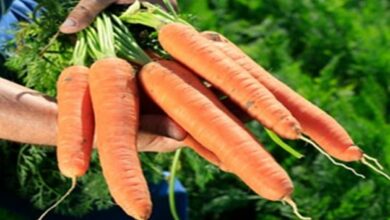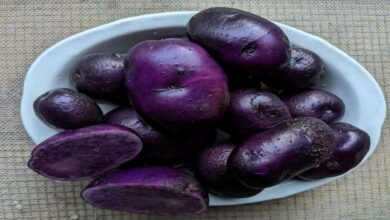Cultivation of Turnips: Cultivate this variety of turnip with this easy method, and you will get bumper yield in less time
Cultivation of Turnips: Using turnips in any form also helps reduce disorders like diabetes, according to a recent paper published in a medical journal. As everyone is aware, diabetes is rapidly increasing in India. Diabetic patients are almost always present in a household. Farmers may harvest turnip many times throughout a season since it is a vegetable that prepares quickly. Because it helps those with diabetes, its demand is rising quickly. Growing turnips has become a viable way for farmers to increase their profits faster.

Root vegetables like turnip (Brassica rapa) have been grown for generations. Its long or spherical roots, which are either white or light purple in hue, are a mainstay in many diets worldwide. Turnip grows well in a variety of conditions and is simple to cultivate.
Types of Turnips
Understanding the many types of turnips that are available is crucial before starting to grow them.
- Standard Turnips: Typically cultivated for their culinary roots, standard turnips are the classic kind.
- Baby turnips are smaller and softer because they are picked while they are still young.
- Purple-Top Turnips: Distinguished by their characteristic white roots and purple tips.
- Golden turnips are somewhat pleasant and feature golden or orange flesh.
- Japanese turnips are often eaten raw in salads and have a gentle, sweet flavor.
- Turnips cultivated for animal feed are known as fodder turnips.
Soil and Climate Requirements
Although they may be cultivated in many different areas, turnips prefer chilly temperatures.
- Temperature: 10°C to 24°C is the ideal range for turnips.
- Soil: The best soil is one that is fertile and drains well. Although they can withstand a broad pH range, turnips prefer slightly acidic soil to neutral soil.
- Turnips need a minimum of six hours of sunshine each day.
- Soil Preparation: Remove any rubbish and weeds from the planting area. To a depth of around 6 to 8 inches, plough the ground. To increase soil fertility, add organic matter, such as compost.
- Turnip seeds should be sown straight into the prepared soil. It should be about 1/4 and 1/2 inches deep. Plant the seeds in rows 12–18 inches apart, approximately 2 inches apart. Thin the seedlings as they become bigger to ensure proper spacing.
- Watering: Make sure the soil is always damp but not soggy. It’s crucial to water turnips during drought to keep them from becoming bitter.
- Apply a balanced fertilizer when planting or as recommended by a soil test. Steer clear of too much nitrogen, which might result in short roots and luxuriant foliage.
- Management of Pests and Diseases: Keep an eye out for typical pests like cabbage worm, beetles, and aphids. Rotate your crops to lower the risk of clubroot and other illnesses.
- Harvesting: While micro turnips may be harvested sooner, standard turnips are typically ready to be harvested in 30 to 60 days. When they get to the size you want (typically 2-3 inches in diameter), pull them off the ground.
- Storage: Keep picked turnips in a damp, cool location. If kept correctly, they may survive for many months.
- Extra precautions: To guarantee a consistent crop, think about planting in succession.
To keep pests away from young plants, use row coverings. Avoid overwatering since this might result in illnesses.





